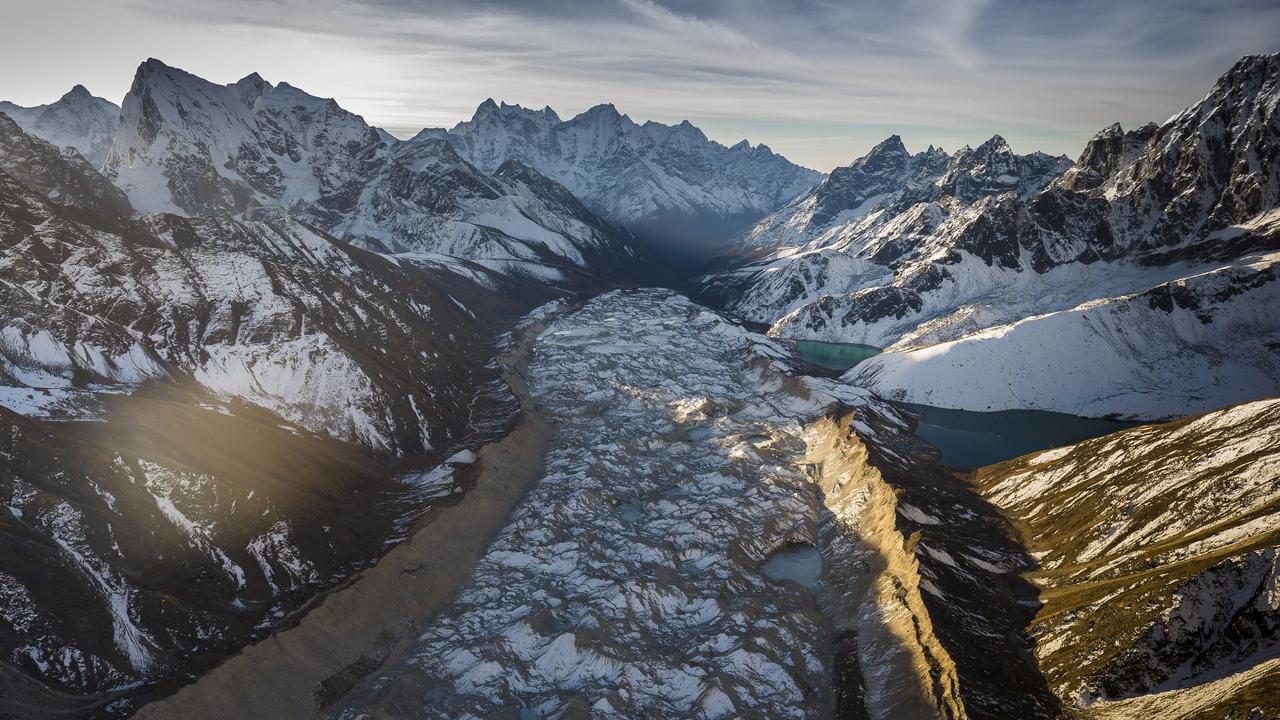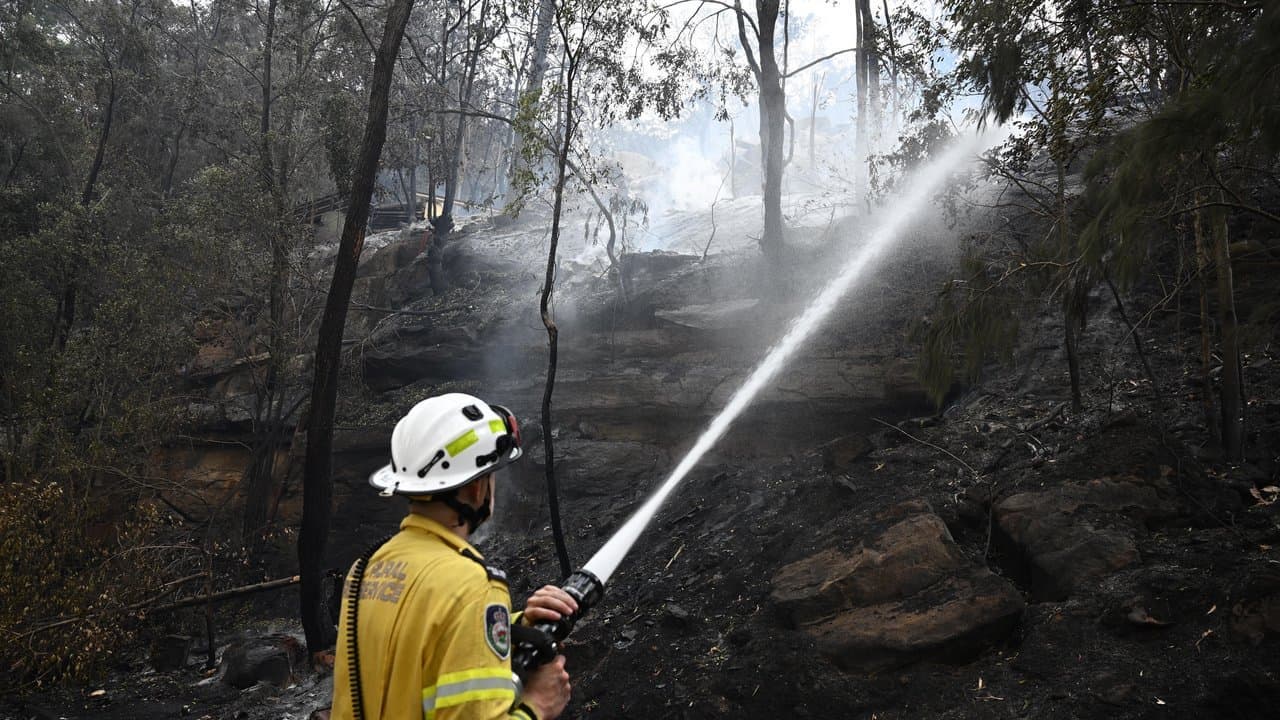WHAT WAS CLAIMED
The Himalayan mountain range is the biggest emitter of CO2 on the planet.
OUR VERDICT
False. It emits a minuscule amount of CO2 compared to man-made sources such as cars and coal-fired power stations.
A Facebook post (screenshot here) claims the Himalayan mountain range is the biggest emitter of CO2 on the planet.
The post, which was shared to the Australian Climate Sceptics Group on June 1 with other versions shared here, here, here and here, claims the range's emissions are greater then those of coal-fired power stations, cars and planes.
The claim is false. Experts told AAP FactCheck that natural CO2 emissions from the Himalayan mountain range are insignificant when compared to the amount from human activities.
The post begins with the statement: "Hazard a guess at the biggest source of atmospheric CO2 and you'll more than likely get it wrong."
It continues: "Coal fired Power stations? Nope. Internal Combustion engines, cars, planes, ships? Nope. Volcanoes? Getting warmer but Nope. The largest source of CO2 is India and China, but NOT from manmade sources. The biggest emitter of CO2 on the planet is the Himalayan mountain range."
It goes on to explain that as the Indian tectonic plate slides under the Asian tectonic plate, rocks begin to fracture and "under the influence of water action on the rocks, CO2 is released".
AAP FactCheck contacted the Facebook user to ask for the source of the claim but received no response.
Louis Derry, a professor at Cornell University whose research focuses on quantifying CO2 fluxes in the Himalayan system, described the claim as "absurd" and "simply very, very wrong".
Prof Derry co-authored a 2008 paper that studied the degassing flux of CO2 - the amount of carbon removed from water into the atmosphere - in a 32,000 km² area of the Narayani Basin in central Nepal, which accounts for six per cent of the total mountain range. The researchers found that CO2 emissions from the Narayani Basin are about 1.3 × 10^10 moles per year.
This equates to the region emitting about 572,000 tonnes of CO2 into the atmosphere each year.
Prof Derry extrapolated that figure to estimate that the rate of CO2 emissions from the whole Himalayan mountain range is between about six million and nine million tonnes per year.
He explained this was calculated by multiplying the Narayani Basin figure by ten, taking into account the central Nepal region's expected higher average emissions compared to the rest of the range.
"Compared to the 2021 CO2 emissions from anthropogenic sources estimated by the International Energy Agency (IEA) of 36.3 gigatonnes per year, we are talking about a Himalayan rate of about 0.02 per cent of current anthropogenic emissions," he told AAP FactCheck in an email.
One gigatonne is the equivalent to one billion tonnes.
Prof Derry added that the post's description of tectonic plates sliding and fracturing under water is "geologically correct" but the impact in terms of CO2 emissions is "not remotely close to anthropogenic sources".
According to the latest IEA report, global CO2 emissions from coal-fired power generation was 10.5 gigatonnes in 2021 (page 6).
The global transport sector, including passenger cars, freight vehicles, rail, shipping and aviation, emitted a total 7.2 gigatonnes in 2020 (the latest figures available). Within the sector, passenger cars are responsible for more than three gigatonnes of CO2 emissions, the aviation and shipping industries both emit nearly one gigatonne.
The transport total for the last full year before the COVID pandemic was even higher at 8.5 gigatonnes.
Based on published scientific studies, estimates for the global CO2 emission rate of all land and submarine volcanoes lie between the range of 130 million to 440 million tonnes of CO2 per year.
Even taking Prof Derry's higher nine million figure, the CO2 emitted by coal-fired power is 1167 times that upper estimate. The 2020 pandemic level for transport and 2019 pre-pandemic level are 800 and 944 times respectively.
Gab Abramowitz, associate professor at UNSW's Climate Change Research Centre, agreed the Facebook user's claim was "not even close" to being correct.
"There are many parts of the Himalayas that interact with the carbon cycle - rock weathering, springs, vegetation, soil respiration and more," he said in an email.
"I am only aware of one study that tried to understand whether this region was a net source or a net sink and it didn't even come to any conclusion. Rest assured it is not a major factor in the global carbon cycle."
Pep Canadell, chief research scientist at the CSIRO Climate Science Centre, says CO2 emitted from the Himalayan mountain range is not contributing to current warming trends anyway.
"All these emissions are part of the natural carbon cycle which has been operating for many thousands (millions) of years and have nothing to do with current global warming observed and predicted, which comes exclusively from what we humans do to the carbon cycle, on top of its natural fluxes," Dr Canadell told AAP FactCheck in an email.
"Even if we didn't necessarily know how much was coming from that region, it was all part of the background atmospheric concentrations from which the fluxes from human activities are growing and global warming is taking place."
The Verdict
The Himalayan mountain range is not the biggest emitter of CO2 on the planet. While the Himalayas region does emit CO2 through geothermal springs and other natural sources, the amount is minimal compared to emissions from human activity. Coal fired power and the transport industry produce far more CO2 emissions annually.
False – The claim is inaccurate.
AAP FactCheck is an accredited member of the International Fact-Checking Network. To keep up with our latest fact checks, follow us on Facebook, Twitter and Instagram.












